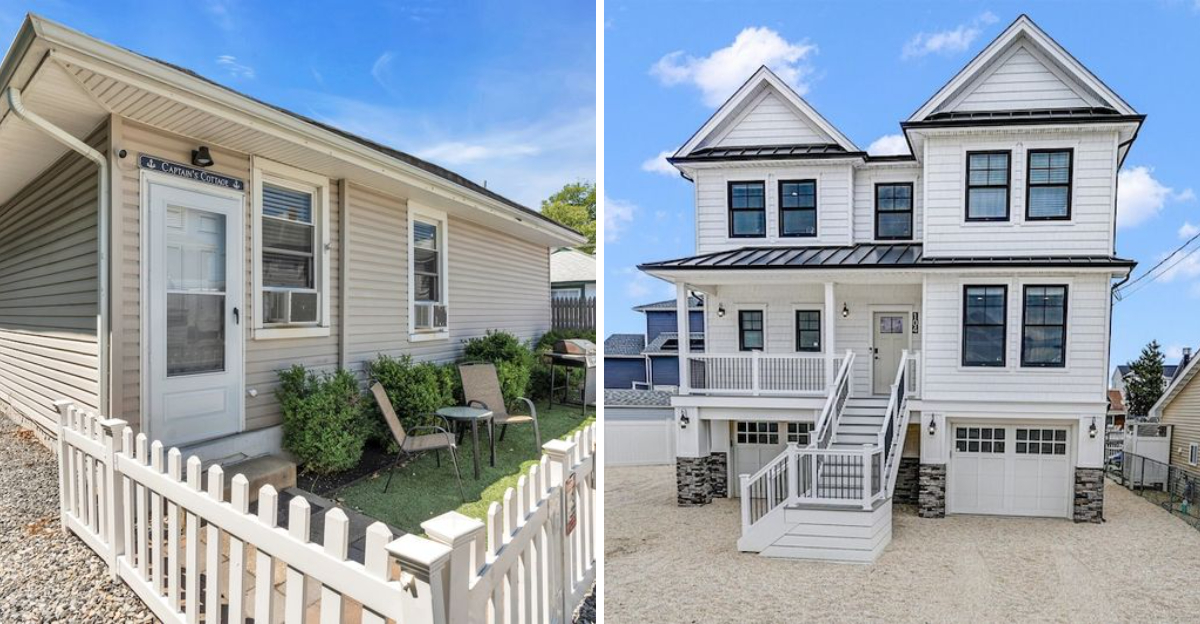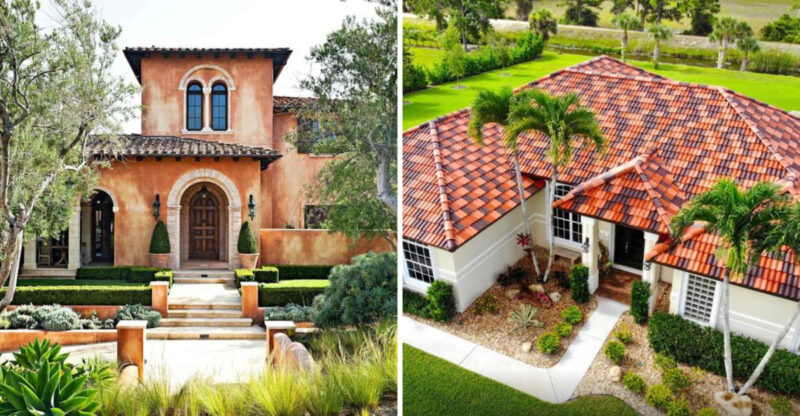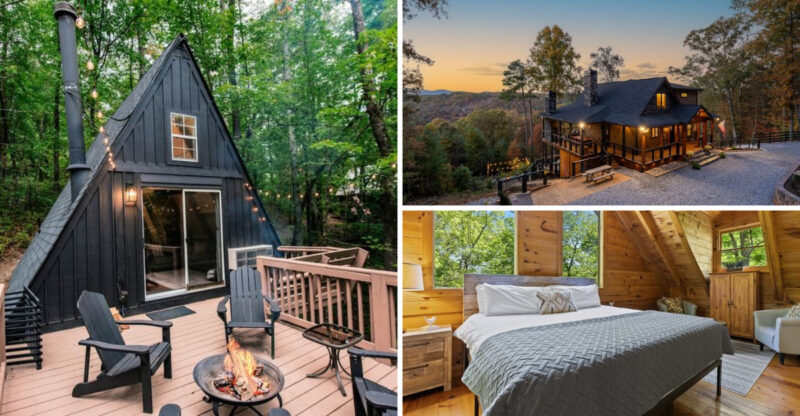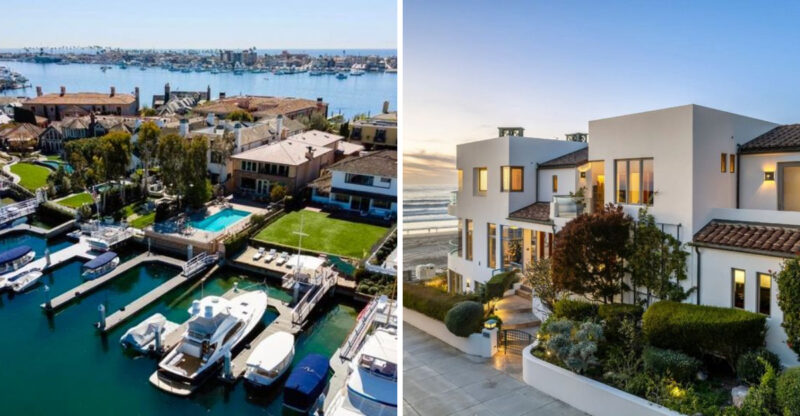9 New Jersey Shore Homes At Risk By 2027

The New Jersey shoreline faces a growing threat from climate change and rising sea levels. Scientists predict that by 2027, many beloved beach homes could be severely damaged or completely lost to coastal erosion and increasingly violent storms. For homeowners and local communities, the clock is ticking as familiar landscapes transform and property values fluctuate in these once-stable beach towns.
1. Classic Beach Bungalows on Long Beach Island
These charming wooden homes with colorful exteriors have defined Long Beach Island for generations. Built low to the ground with minimal elevation, they’re directly in harm’s way when storms surge inland.
Recent erosion has already claimed several feet of protective dunes in front of these properties. Without immediate intervention, these iconic structures may become uninhabitable within five years.
2. Waterfront Condos in Atlantic City
Atlantic City’s sleek glass-fronted condominiums showcase breathtaking ocean views, but their foundation stability is questionable. Built on reclaimed land, these structures face increasing subsidence issues as groundwater levels shift.
The combination of sinking land and rising seas creates a precarious situation. Engineers warn that by 2027, basement parking areas could experience regular flooding, compromising structural integrity and electrical systems.
3. Historic Victorian Homes in Cape May
Cape May’s treasured Victorian masterpieces, with their intricate gingerbread trim and wraparound porches, stand as living museums of 19th-century architecture. Unfortunately, their location in low-lying areas makes them increasingly vulnerable to storm surges.
Several of these irreplaceable homes sit less than two feet above current flood levels. Despite their historical significance, preservation efforts may not be enough to save them from the advancing sea.
4. Barrier Island Cottages in Avalon
Nestled on Avalon’s narrow barrier island, these quaint shingle-roofed cottages sit on a precarious strip of land. The island itself is shrinking year by year as ocean currents shift sand away faster than replenishment efforts can replace it.
Homeowners report losing up to three feet of backyard annually. At current erosion rates, some properties could see waves lapping at their foundations by 2026, with complete loss of viability the following year.
5. Traditional Two-Story Homes in Sea Bright
Sea Bright’s signature wood-paneled homes with expansive decks offer spectacular views, but they’re caught in a dangerous geographical vise. With the Shrewsbury River on one side and the Atlantic Ocean on the other, these properties face threats from multiple directions.
Flood maps show this narrow peninsula as highly susceptible to complete inundation during major storms. Despite extensive seawall construction, the dual water threat makes these homes particularly vulnerable by 2027.
6. Luxury Oceanfront Villas in Deal
Deal’s multi-million dollar properties with private pools and expansive oceanfront patios represent the height of coastal luxury. Yet their proximity to eroding bluffs places them in jeopardy as cliff faces crumble at an accelerating pace.
Municipal records show the shoreline has retreated nearly 20 feet in some sections over the past decade. For homes built close to the edge, this rate of erosion could mean partial structural collapse by 2027 as supporting land disappears.
7. Boardwalk-Adjacent Properties in Point Pleasant
Point Pleasant’s vibrant homes with their distinctive front porches face an uncertain future due to the dual threats of beach erosion and the deteriorating boardwalk infrastructure that once protected them. Sand replenishment efforts have failed to keep pace with storm-driven loss.
The boardwalk itself, damaged repeatedly in recent years, no longer provides adequate protection. Engineers predict that without massive investment in new protective structures, these colorful dwellings could be severely compromised by 2027.
8. Elevated Homes in Beach Haven West
Even raised homes on pilings aren’t immune to climate threats. Beach Haven West’s elevated structures were designed to withstand historical flood levels, but accelerating sea rise is outpacing these engineering solutions.
While the living spaces remain above water during typical storms, access roads and utilities frequently flood. By 2027, experts predict even these raised homes could become functionally isolated islands during monthly high tides, rendering them effectively uninhabitable despite remaining structurally intact.
9. Rustic Beachfront Cabins in Sandy Hook
Sandy Hook’s simple wooden cabins, perched directly on dunes, represent old-school shore living at its most authentic. Their minimal footprint once seemed environmentally sound, but their location makes them exceptionally vulnerable.
Recent nor’easters have already undermined several structures, exposing foundation elements. Park service officials warn that the narrow sandy spit where these cabins stand could be breached in multiple locations by 2027, potentially washing away these humble but beloved shore retreats.






